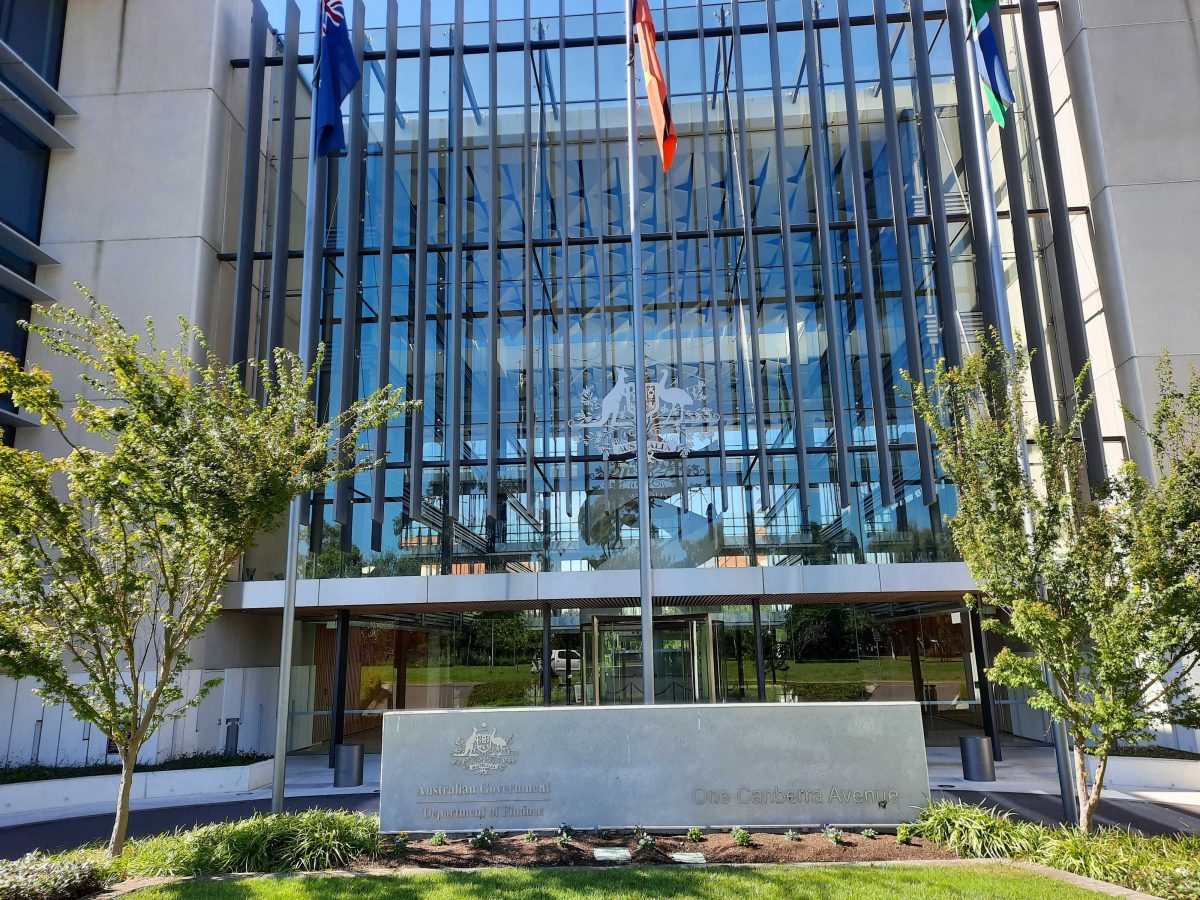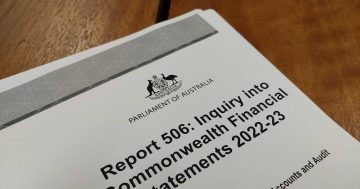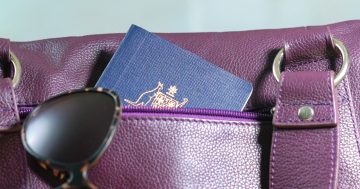
Finance was the only entity that had established systems to record additional hours worked by Executive Level employees to track accrual and use of time off in lieu. Photo: Ian Bushnell.
The Commonwealth Auditor-General has found plenty of non-compliance in its report into the management of staff leave in the Australian Public Service.
While the report found overall that the 10 entities examined had developed policies to administer leave, apart from Aboriginal Hostels Ltd (AHL), all at some point – including big agencies such as the Tax Office, Finance and Services Australia – fell short in making sure staff stuck to the rules.
This included staff taking leave before approval, having excessive leave balances, and providing insufficient or no evidence in applying for leave.
The Australian National Audit Office launched the investigation after analysing 2019-20 financial statement audits of Home Affairs, Prime Minister and Cabinet and the Treasury, and finding weaknesses in the processing and monitoring of staff leave.
Entities did not have appropriate and fit for purpose human resources management information systems and processes to uncover non-compliance and patterns of attendance and leave that, if identified and addressed, may have resulted in higher levels of attendance.
The audit looked at annual and purchased leave, long service leave, personal and carer’s leave, maternity and parental leave, and flexible leave and time off in lieu.
No entity was compliant with award, enterprise agreement and policy requirements in the administration of flexible leave.
Two entities, the Australian Criminal Intelligence Commission (ACIC) and AHL, did not have programs to administer flexible leave in their existing human resource management information systems.
Flexible leave credit or debit balances exceeded the maximum threshold at the ATO, Clean Energy Regulator, the then Department of Industry, Science, Energy and Resources (DISER), Finance, Murray Darling Basin Authority (MDBA), National Disability Insurance Agency (NDIA), National Indigenous Australians Agency (NIAA) and Services Australia, ranging from 3.4 per cent of APS level employees at Services Australia to 15.4 per cent at MDBA.
Finance was the only entity that had established systems to record additional hours worked by Executive Level employees to track accrual and use of time off in lieu.
Annual leave taken before approval occurred in all six entities where approval was required – ATO, CER, Finance, MDBA, NDIA and NIAA – ranging from 19.5 per cent at the ATO to 27.8 per cent at NIAA.
Annual leave balances exceeded thresholds at the AHL, Finance, MDBA and NIAA, ranging from 15 per cent at AHL to 21 per cent at Finance.
The approval of purchased leave clashed with enterprise agreement requirements at Finance (8 per cent) and DISER (24 per cent).
Paid and non-paid maternity leave was granted above entitlement at ATO, DISER, MDBA and NIAA, while documentary evidence was deficient – Services Australia (12 per cent) and Finance (20 per cent) – or not on file at DISER, Finance, NIAA and Services Australia, ranging from eight per cent at Services Australia to 100 per cent at NIAA.
There were instances of long service leave commencing before approval at all six entities with a requirement – ATO, CER, Finance, MDBA, NDIA and NIAA, ranging from 11 per cent at Finance to 36.6 per cent at NIAA.
Personal leave taken without evidence and exceeding the consecutive day limit occurred at AHL, CER, DISER, Finance, NDIA and NIAA, ranging from 1.9 per cent at DISER to 11.3 per cent at NIAA; while that exceeding the annual limit was identified at ACIC, CER, DISER, Finance, MDBA, NDIA and Services Australia, ranging from less than one per cent at NDIA and Services Australia to 25.4 per cent at MDBA.
At Finance, 12 per cent of personal leave was not supported by documentary evidence.
The audit report made four recommendations, including one directed solely at AHL, to establish better controls, greater oversight and refine information systems to ensure compliance.





















